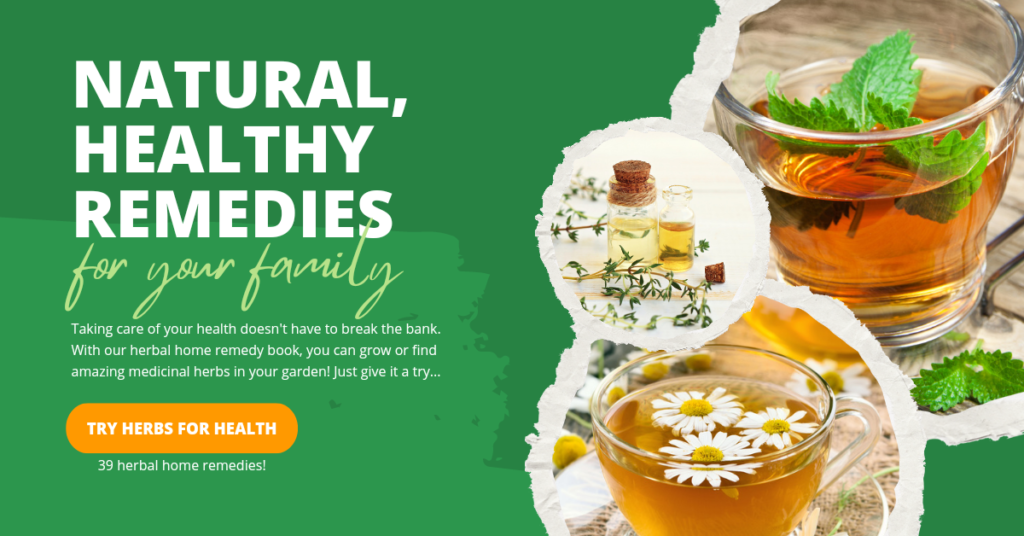This site contains affiliate links to products sold by selected self improvement partners. We may receive a commission for purchases made through these links.
I remind you that the information provided in this series is for information purposes only and is not to be used or relied on for any diagnostic or treatment purposes. This information is not intended to be patient education, neither is it to be construed as such. It does not create any patient-physician relationship and should not be used as a substitute for professional diagnosis and treatment where required. Consult a doctor for medical advice, treatment or diagnosis.
Also, while every attempt is made to ensure accuracy, you are strongly advised to take responsibility and do your own research.
In the previous article, we looked at how the humble dandelion is more than an annoying weed to be removed from your garden. It has so many health benefits!
In this article, we are looking at a very popular herb that is almost becoming the “victim” of its own success due to overharvesting.
The text for this article – with some minor edits – was provided by herbalist Elizabeth Heck of Home Herb School.
Echinacea
Echinacea (Echinacea purpurea, Echinacea angustifolia) benefits and uses are widely known among herbalists and non-herbalists alike. It has become one of our most popular herbal medicines. Echinacea is also called “purple coneflower” and it is often found as an ornamental in gardens. The large showy purple blooms are beautiful and they are very easy to grow.
Echinacea is a perennial herb and is native to the North American prairies from Texas up into Canada. The species Echinacea purpurea is the largest and most beautiful of the echinaceas. There are two other species, Echinacea angustifoilia and Echinacea pallida which are also good medicinals.
It is important to grow echinacea yourself or purchase plants that are organically grown. This is because plants in the wild are at risk of being overharvested since they are so popular as herbal medicines. This has been the case for at least thirty years.
The herb was apparently in short supply as an herbal remedy during the COVID-19 pandemic.
Note: There are alternatives that can be used for colds and flu, such as ginger and garlic.
When to harvest
Medicinally, you can use all parts of the plant. Many herbalists simply make a tincture of the root. However, this does take the life of the plant. To use all parts of the plant, harvest the leaves and seeds during the second year of growth and then the flowers and roots during the third year.
Health benefits of echinacea
Echinacea has a long traditional use by Native Americans. Today, it is one of the top immune-enhancing herbs. It raises the body’s natural resistance to infection when the immune system is temporarily weakened.
Specifically, echinacea helps to lessen the incidence, severity and duration of colds and flu. It is used for bronchitis, sore throats, oral infections, laryngitis, tonsillitis or excess mucus in the sinuses.
Echinacea is antibacterial and antiviral. It works by increasing the macrophage and T-cell activity which is the body’s first line of defense against foreign antigens.
How to take echinacea
If taking Echinacea for prevention, take ½ teaspoon of tincture twice daily. This is for short-term prevention only. Do not take for longer than 8 weeks and do not use in place of building and nourishing a healthy immune system. If taking Echinacea once a cold or flu hits, be sure to start taking the tincture frequently at the very first signs of the infection. This would be ½ teaspoon every two hours for the first 24 to 48 hours.
Topical and other uses for echinacea
Echinacea is an exceptional detoxifier by helping to cleanse the blood and the lymphatic system. It is what herbalists call an alterative.
Note that the term “alterative” might be obsolete given government regulations.
Topically, Echinacea is anti-septic for sores, cuts, bites, stings, boils, acne and fungal infections. It is also used for any type of inflamed skin condition. Use it both internally and externally for best results.
When not to take echinacea
It is generally recommended not to take Echinacea if an autoimmune disease is present. Do not take with immunosuppressant medication.
Making an echinacea tincture
In the following video, herbalist pioneer and author Rosemary Gladstar demonstrates how to make a tincture with echinacea:
In the next article, we will look at the Eucalyptus plant.
To a better, wiser, stronger YOU!

Note: I am an affiliate for the above offer and may get a commission on each sale.
Sources:
Herbalism: Introduction and Medicine Making. Located at Home Herb School (online), https://homeherbschool.com
This site contains affiliate links to products sold by selected self improvement partners. We may receive a commission for purchases made through these links.
